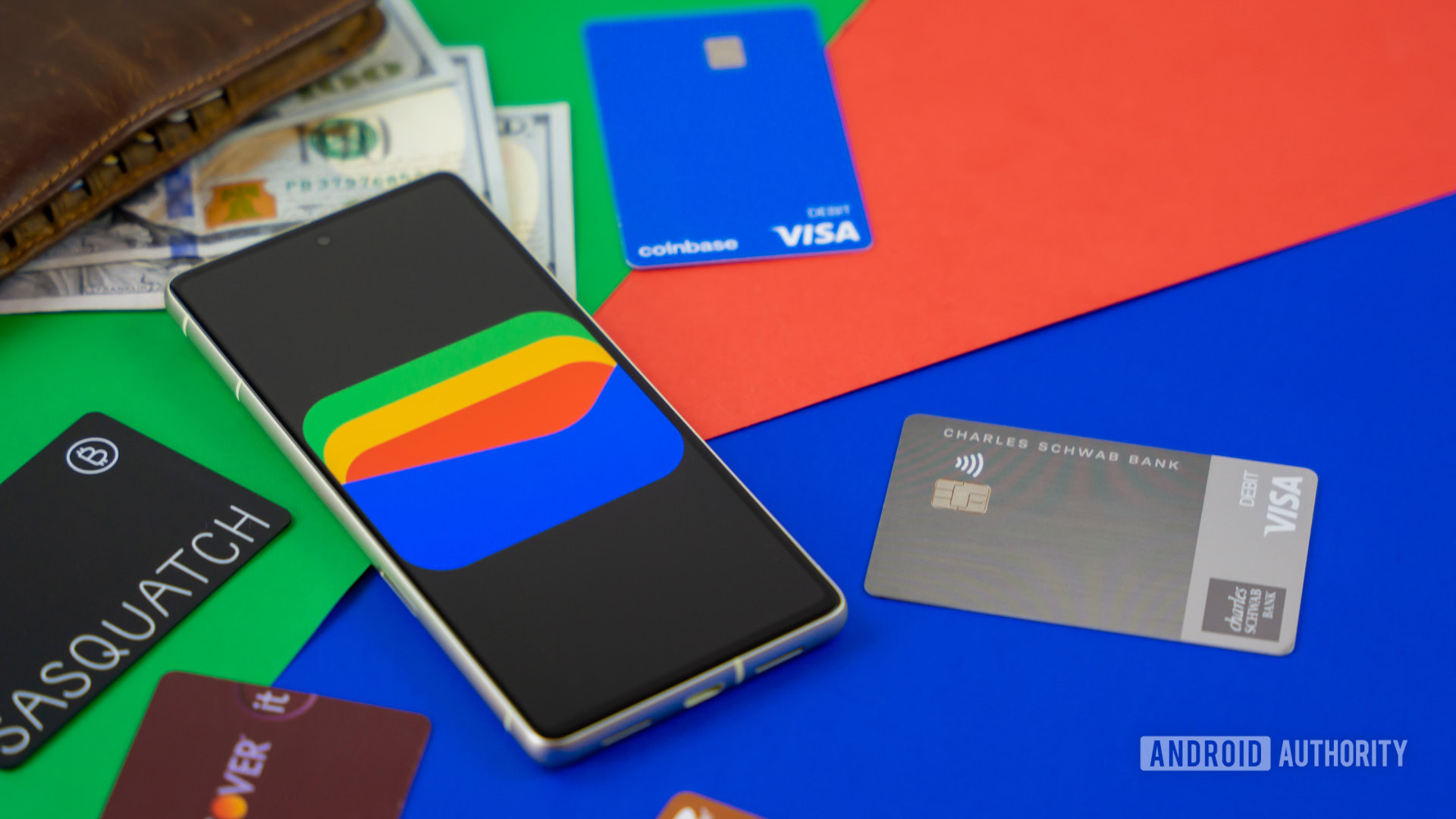The Future of Advertising: Exploring Innovative Platforms

In today’s fast-paced digital landscape, the way businesses reach consumers has evolved dramatically. Traditional advertising methods, such as print and TV, are giving way to innovative platforms that leverage technology and data to create more effective campaigns. This article explores the future of advertising platforms, their benefits, and how businesses can harness them to connect with their target audiences.
The Rise of Digital Advertising Platforms
The shift from traditional to digital advertising has been nothing short of revolutionary. According to Statista, digital ad spending is projected to surpass $500 billion in the coming years, reflecting a growing reliance on online platforms for marketing. Social media, search engines, and specialized advertising networks have become essential tools for businesses aiming to maximize their reach and impact.
Types of Advertising Platforms
Social Media Platforms
Social media is one of the most dynamic advertising channels. Platforms like Facebook, Instagram, Twitter, and TikTok offer businesses the ability to create targeted ad campaigns that reach specific demographics. With advanced targeting options based on user behavior, interests, and location, brands can deliver personalized messages that resonate with their audience.
Search Engine Marketing (SEM)
Search engines like Google and Bing have transformed how businesses attract customers. Pay-per-click (PPC) advertising allows brands to bid on keywords relevant to their products or services. This means that when potential customers search for those keywords, targeted ads appear, driving qualified traffic to the business's website.
Programmatic Advertising
Programmatic advertising uses automated technology to buy and sell ad space in real time. This approach leverages algorithms and data analytics to optimize ad placements, ensuring that ads reach the right audience at the right time. This efficiency not only enhances targeting but also maximizes ROI for advertisers.
Influencer Marketing Platforms
As consumers increasingly turn to social media for recommendations, influencer marketing has gained traction. Platforms like AspireIQ and Influencity connect brands with influencers who align with their values and target audience. By leveraging the authenticity and reach of influencers, brands can build trust and engagement with potential customers.
Affiliate Marketing Networks
Affiliate marketing platforms enable businesses to partner with affiliates who promote their products in exchange for a commission on sales. This performance-based model incentivizes affiliates to drive traffic and sales, making it a cost-effective advertising strategy.
Benefits of Innovative Advertising Platforms
Enhanced Targeting and Personalization
One of the primary advantages of modern advertising platform is their ability to target specific audiences. With data analytics, businesses can segment their audience based on various criteria, such as demographics, interests, and online behavior. This leads to more personalized campaigns that resonate with consumers and drive higher engagement.
Real-Time Analytics and Optimization
Traditional advertising often lacks immediate feedback, making it challenging to gauge effectiveness. In contrast, digital platforms provide real-time analytics, allowing businesses to monitor performance and make adjustments on the fly. This agility ensures that campaigns remain relevant and effective throughout their duration.
Cost-Effectiveness
Digital advertising platforms often offer more budget-friendly options compared to traditional media. Businesses can set specific budgets, control spending, and only pay for the results they achieve (e.g., clicks or conversions). This level of control empowers businesses of all sizes to compete in the advertising arena.
Global Reach
With the internet connecting people across the globe, digital advertising platforms allow businesses to reach international audiences without the limitations of geographical boundaries. This opens up new markets and opportunities for growth.
Creative Opportunities
The versatility of digital platforms enables brands to experiment with various formats and creative strategies. From eye-catching videos to interactive content, businesses can engage their audience in novel ways, enhancing brand recognition and loyalty.
Challenges and Considerations
While the benefits are significant, businesses must also navigate challenges associated with digital advertising. Issues such as ad fatigue, privacy concerns, and the constantly changing landscape of algorithms require marketers to stay informed and adaptable.
Ad Fatigue
As consumers are bombarded with ads online, businesses must find ways to keep their content fresh and engaging. Creative storytelling, interactive formats, and user-generated content can help combat ad fatigue.
Privacy Regulations
With growing concerns about data privacy, businesses must ensure compliance with regulations such as GDPR and CCPA. Building trust with consumers through transparent data practices is essential for long-term success.
Keeping Up with Trends
The digital advertising landscape evolves rapidly. Marketers must stay updated on emerging technologies, platforms, and consumer preferences to remain competitive. Continuous learning and adaptation are key to thriving in this dynamic environment.
Conclusion
The future of advertising is undeniably digital, driven by innovative platforms that offer unparalleled targeting, analytics, and creative opportunities. As businesses embrace these advancements, they can build more meaningful connections with their audiences, ultimately driving growth and success. By understanding the landscape, leveraging the right platforms, and staying adaptable to change, brands can navigate the complexities of digital advertising and thrive in an ever-evolving marketplace. The potential is limitless, and the time to invest in innovative advertising strategies is now.
What's Your Reaction?
 Like
0
Like
0
 Dislike
0
Dislike
0
 Love
0
Love
0
 Funny
0
Funny
0
 Angry
0
Angry
0
 Sad
0
Sad
0
 Wow
0
Wow
0













































